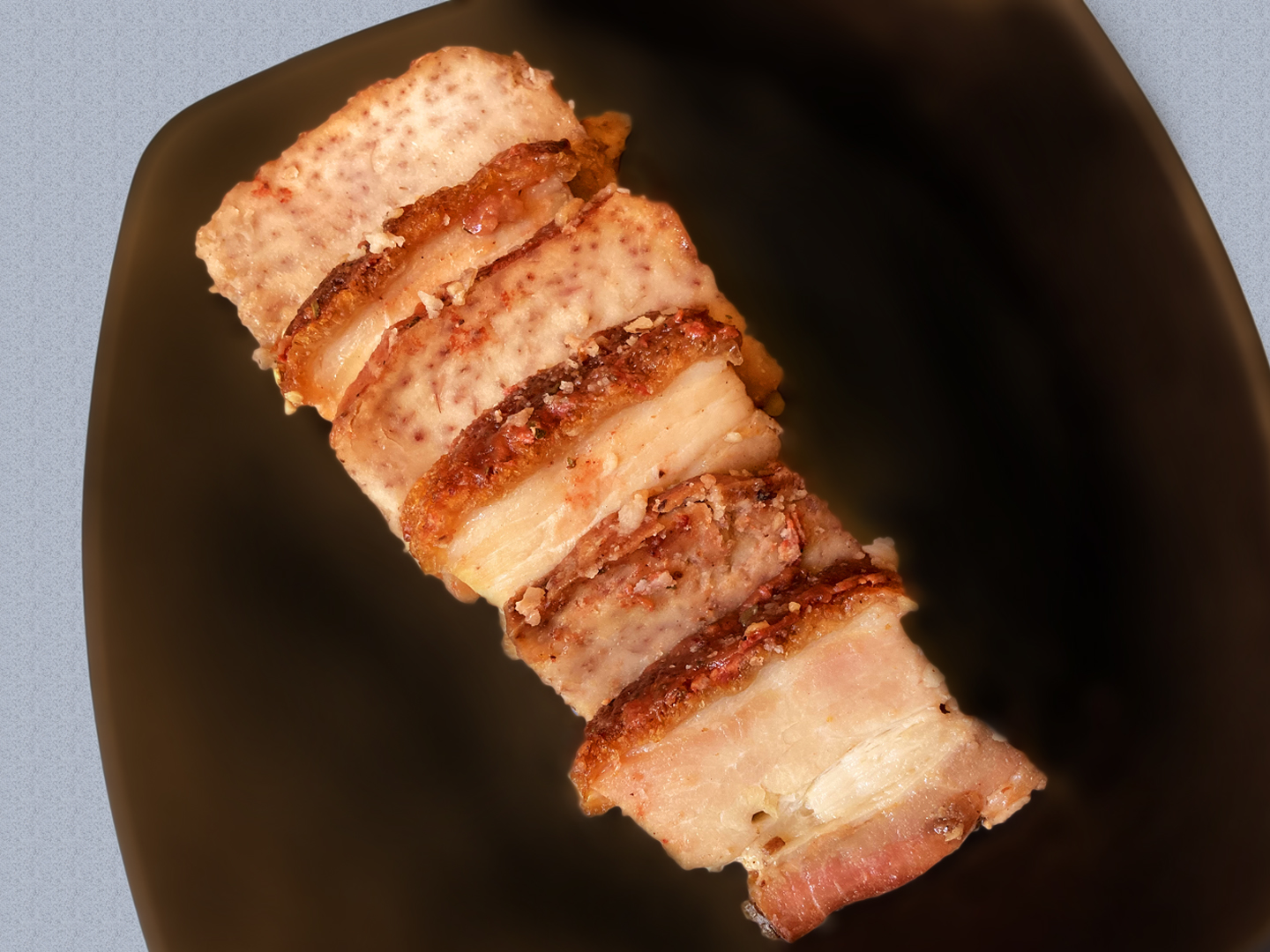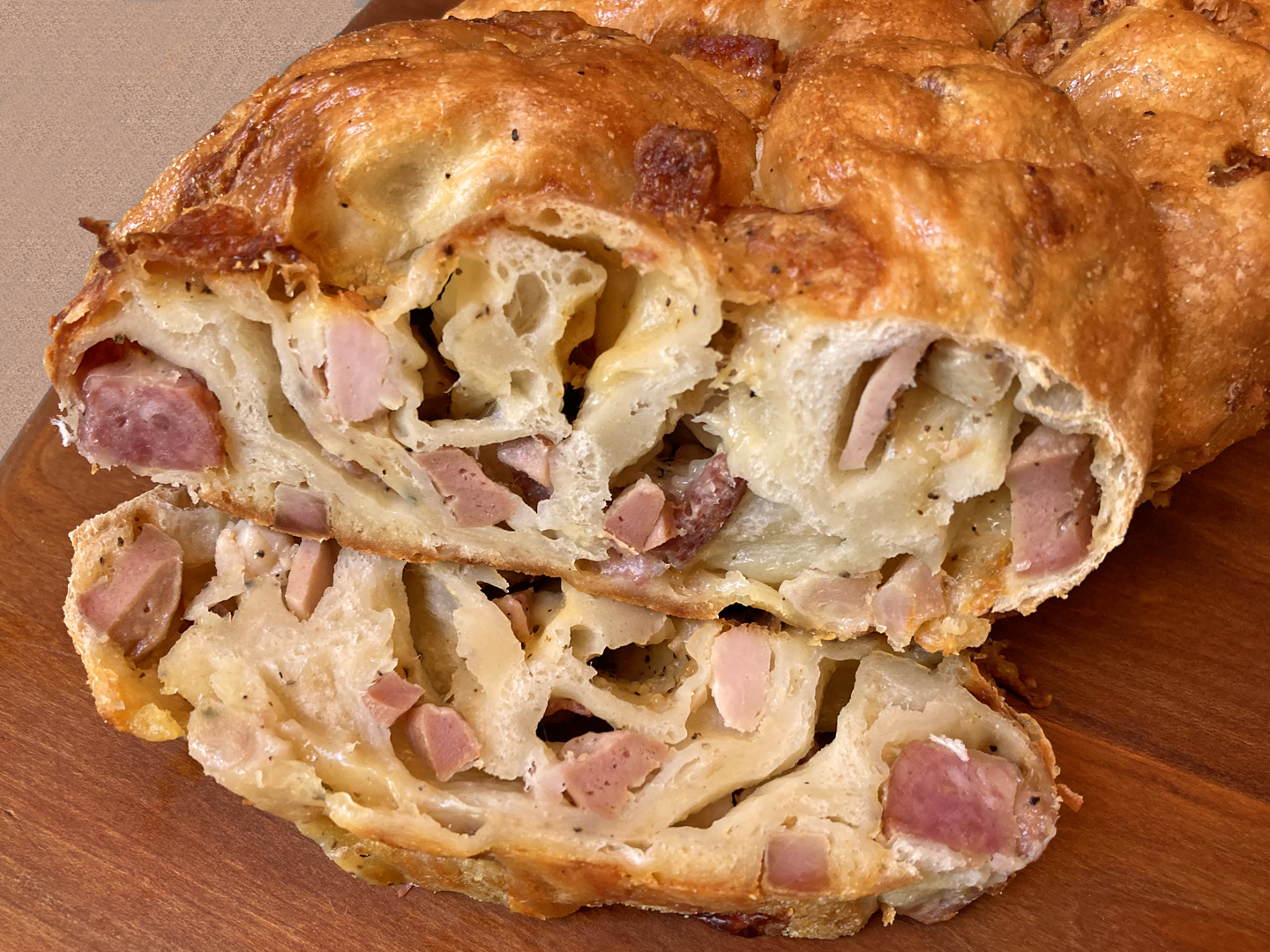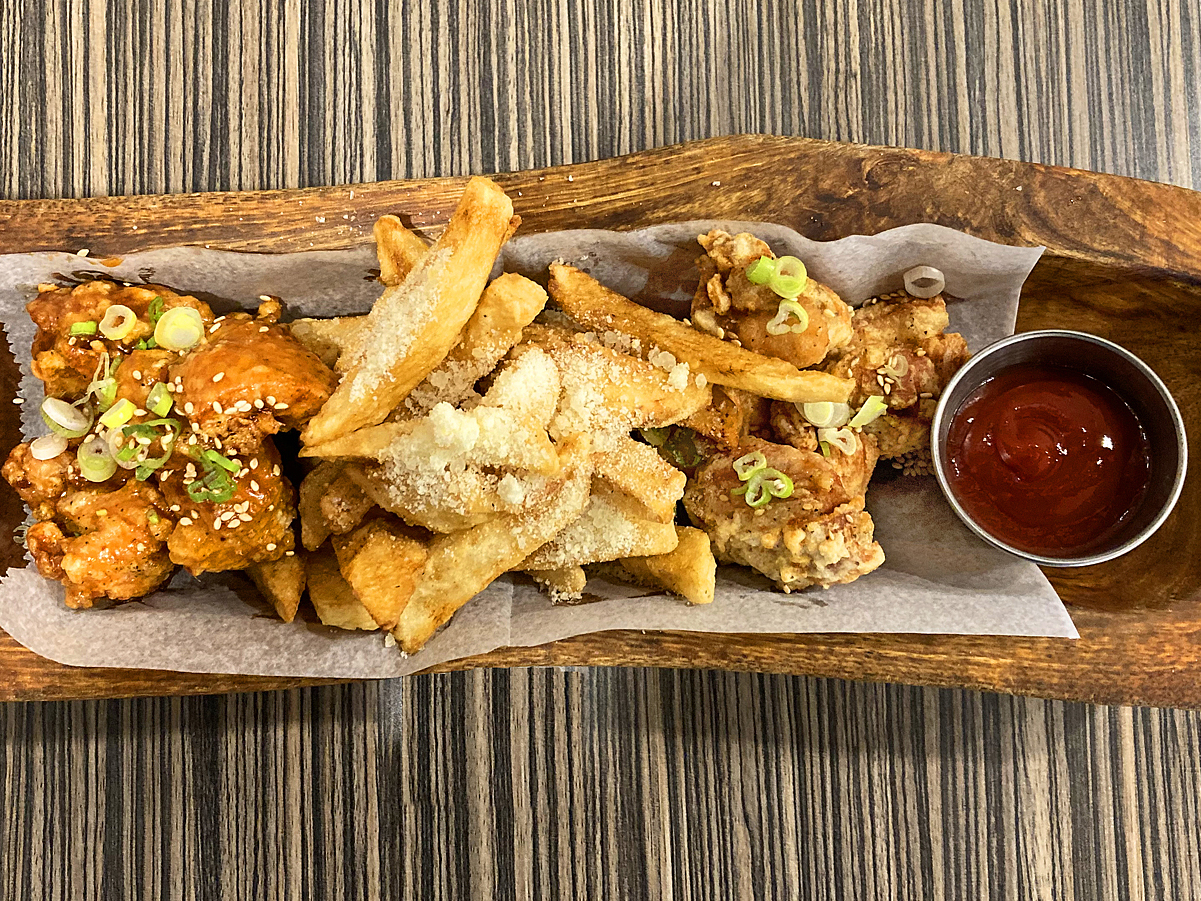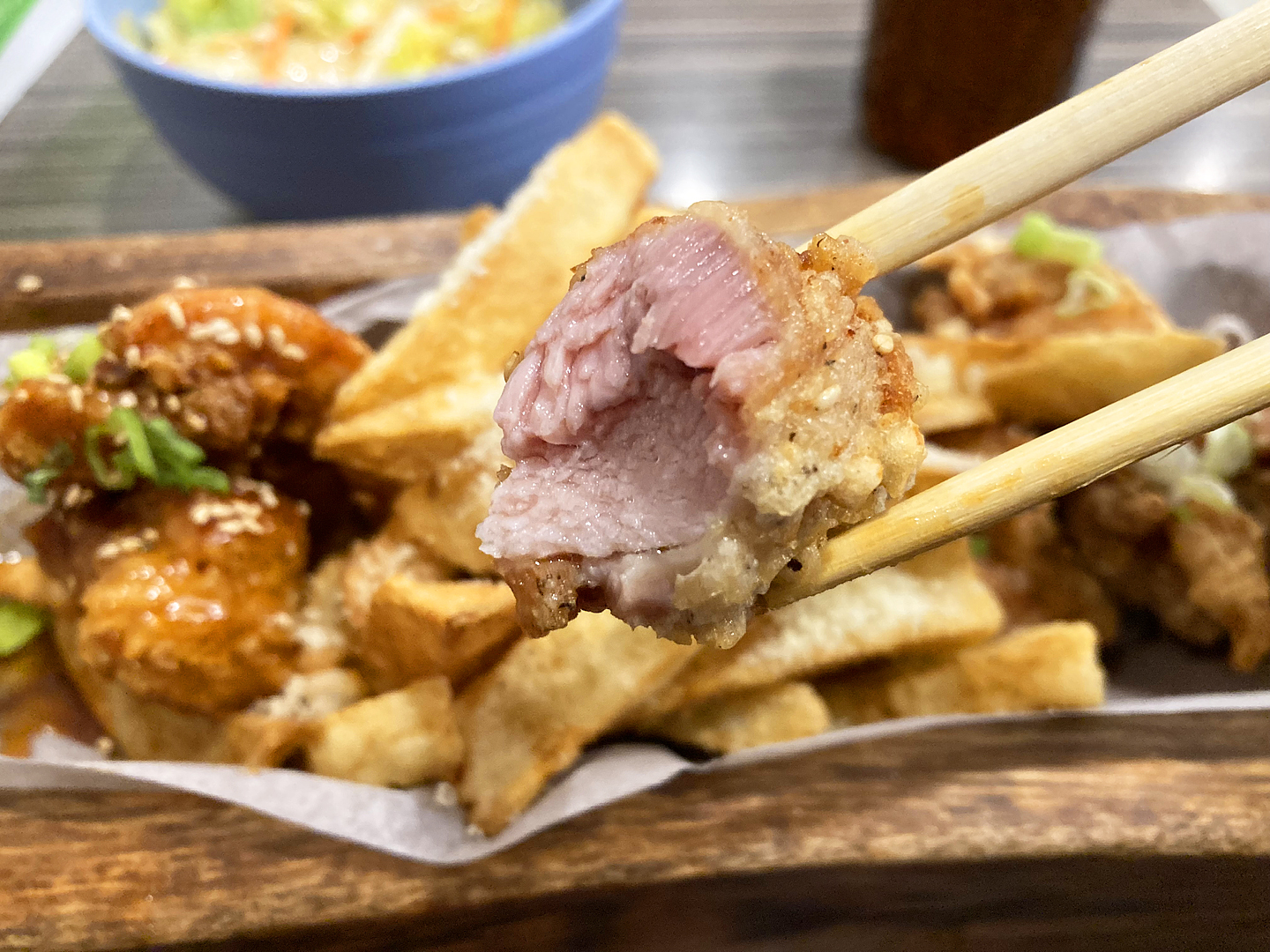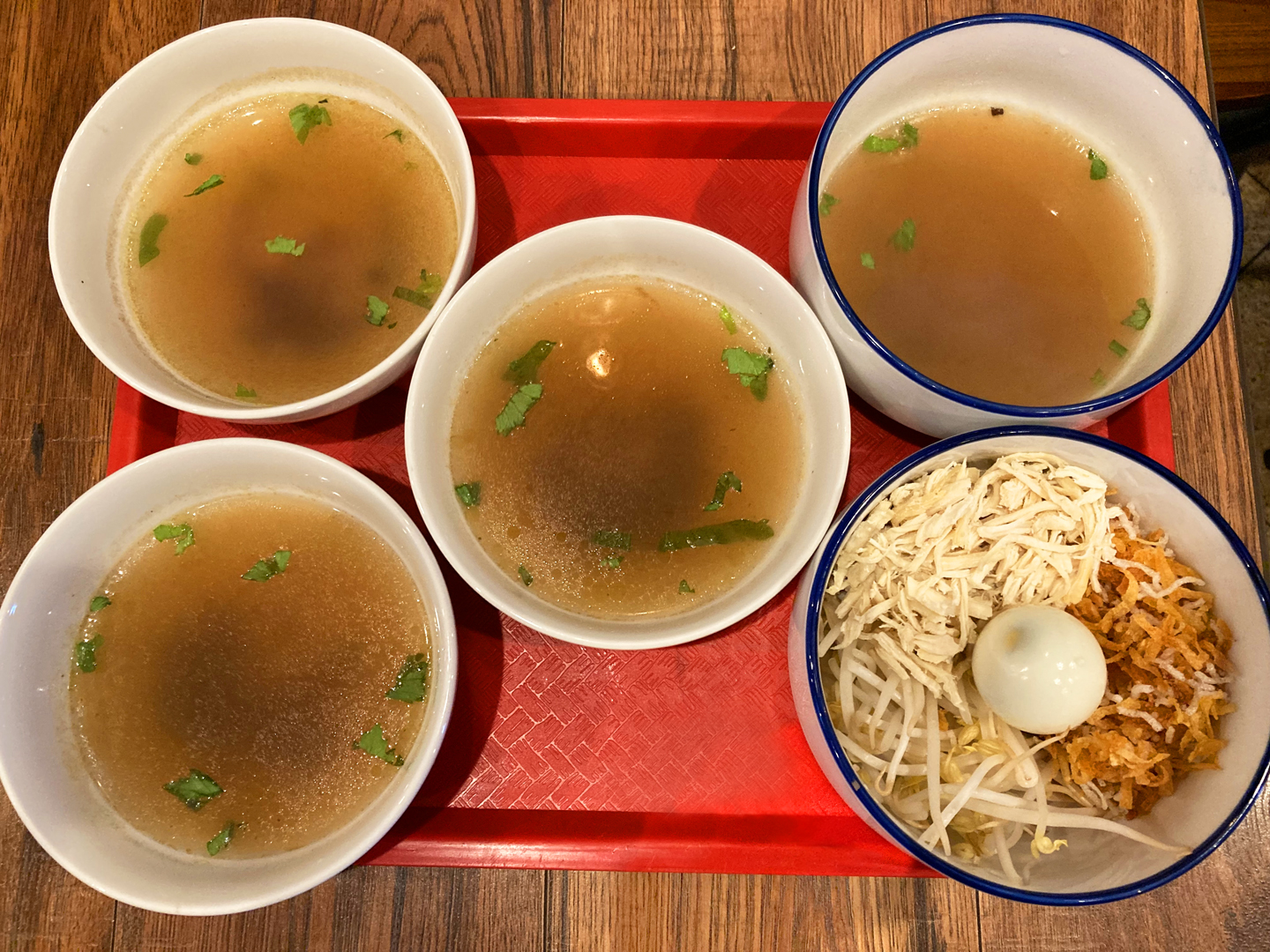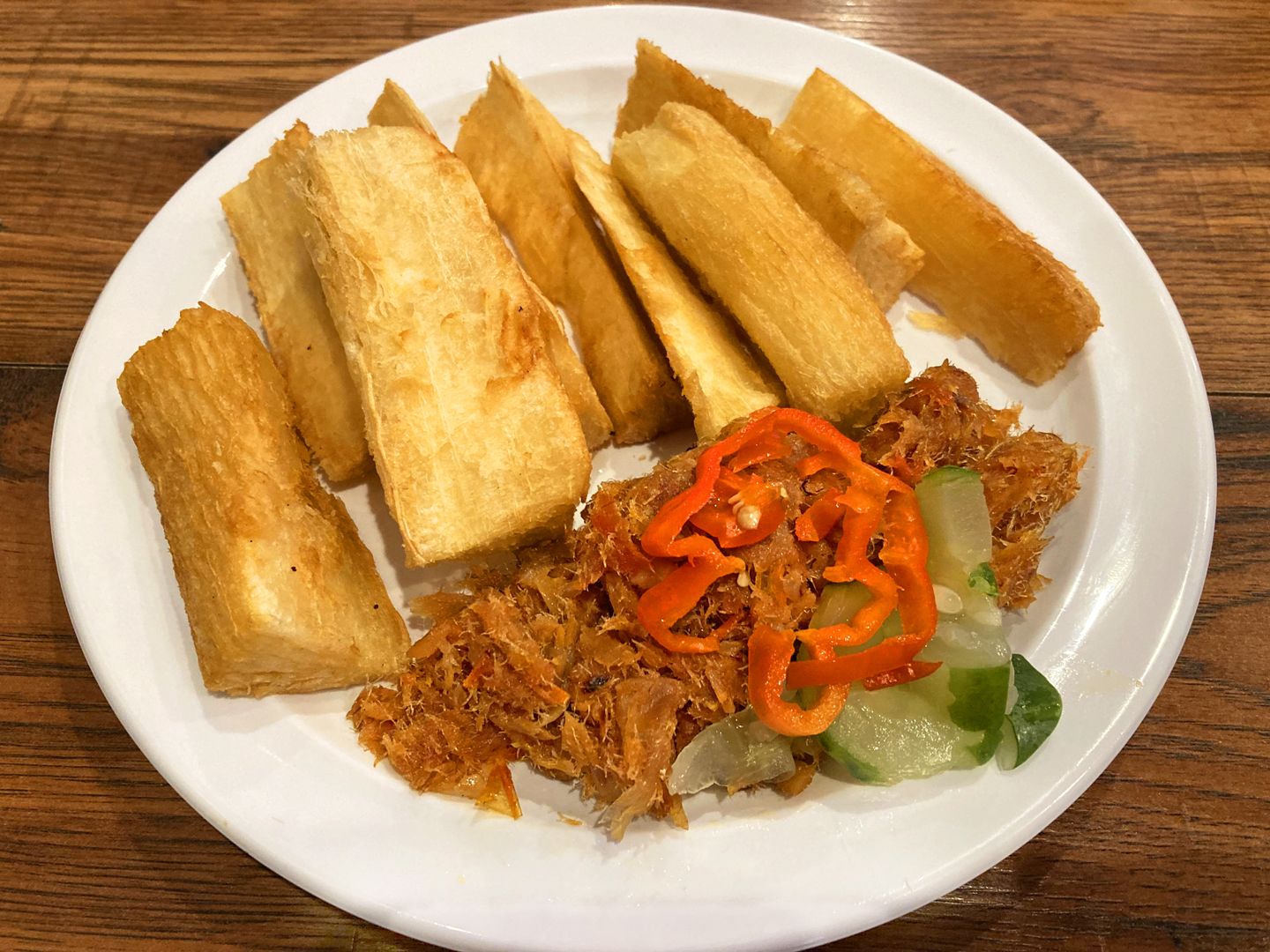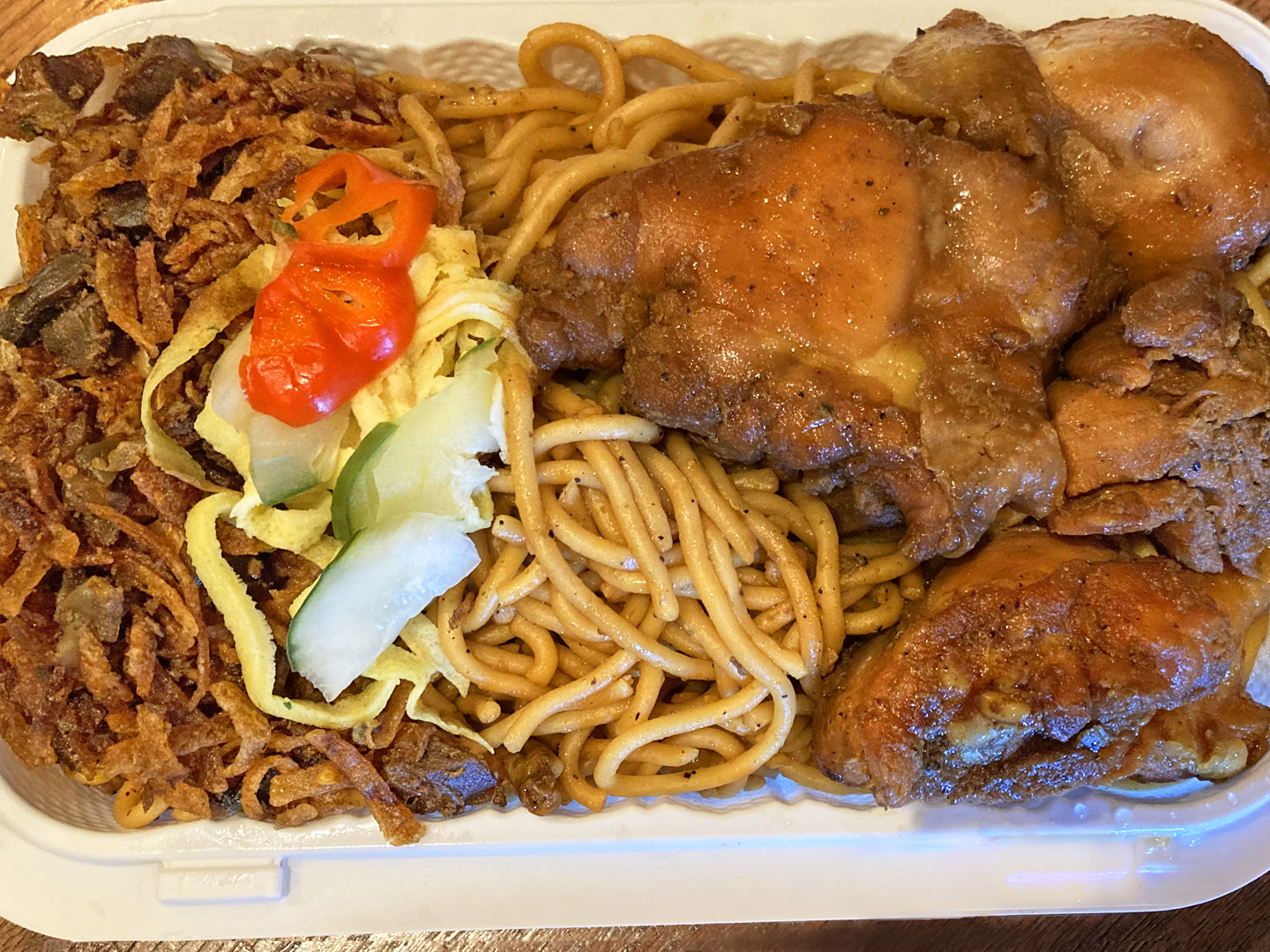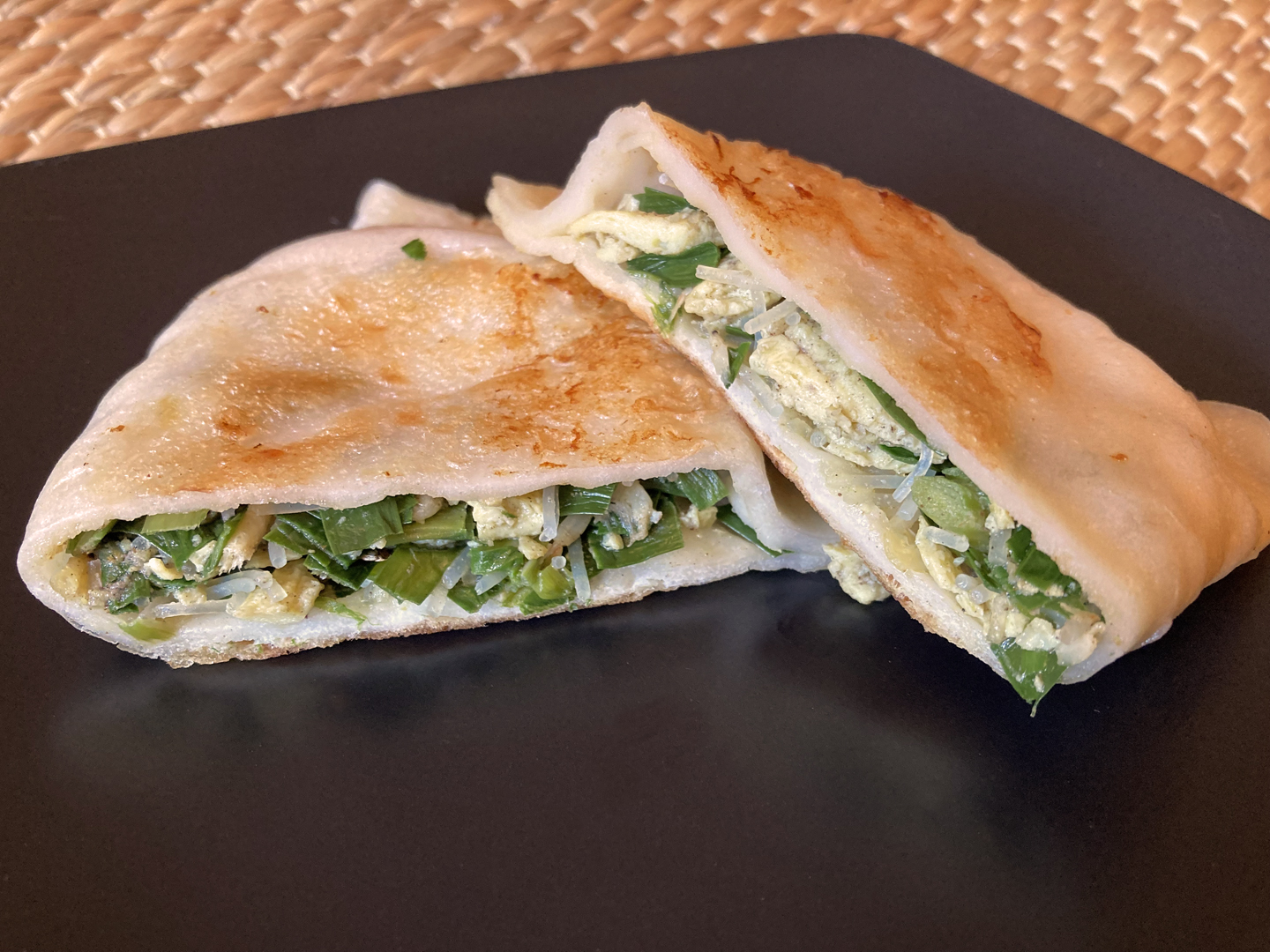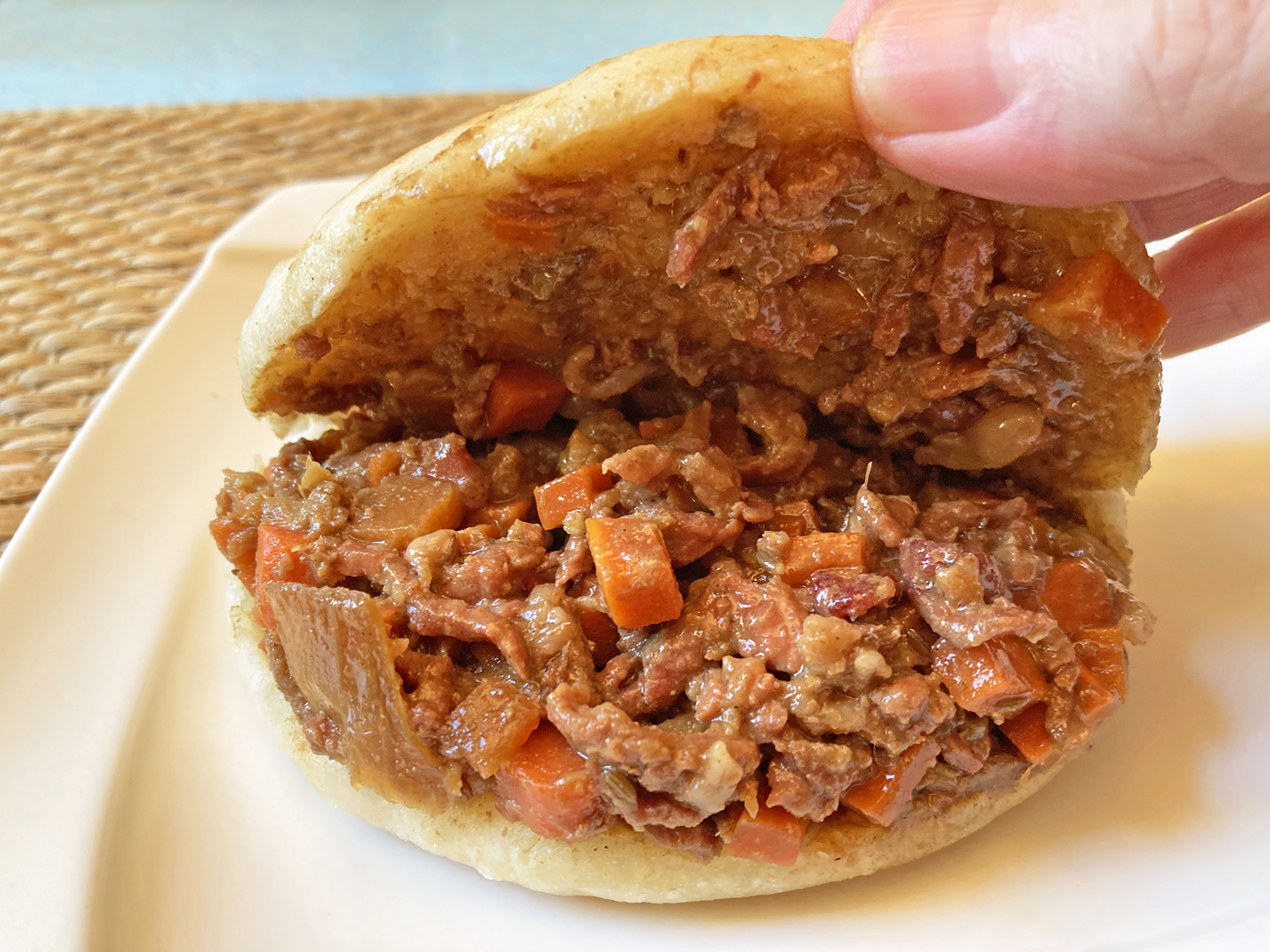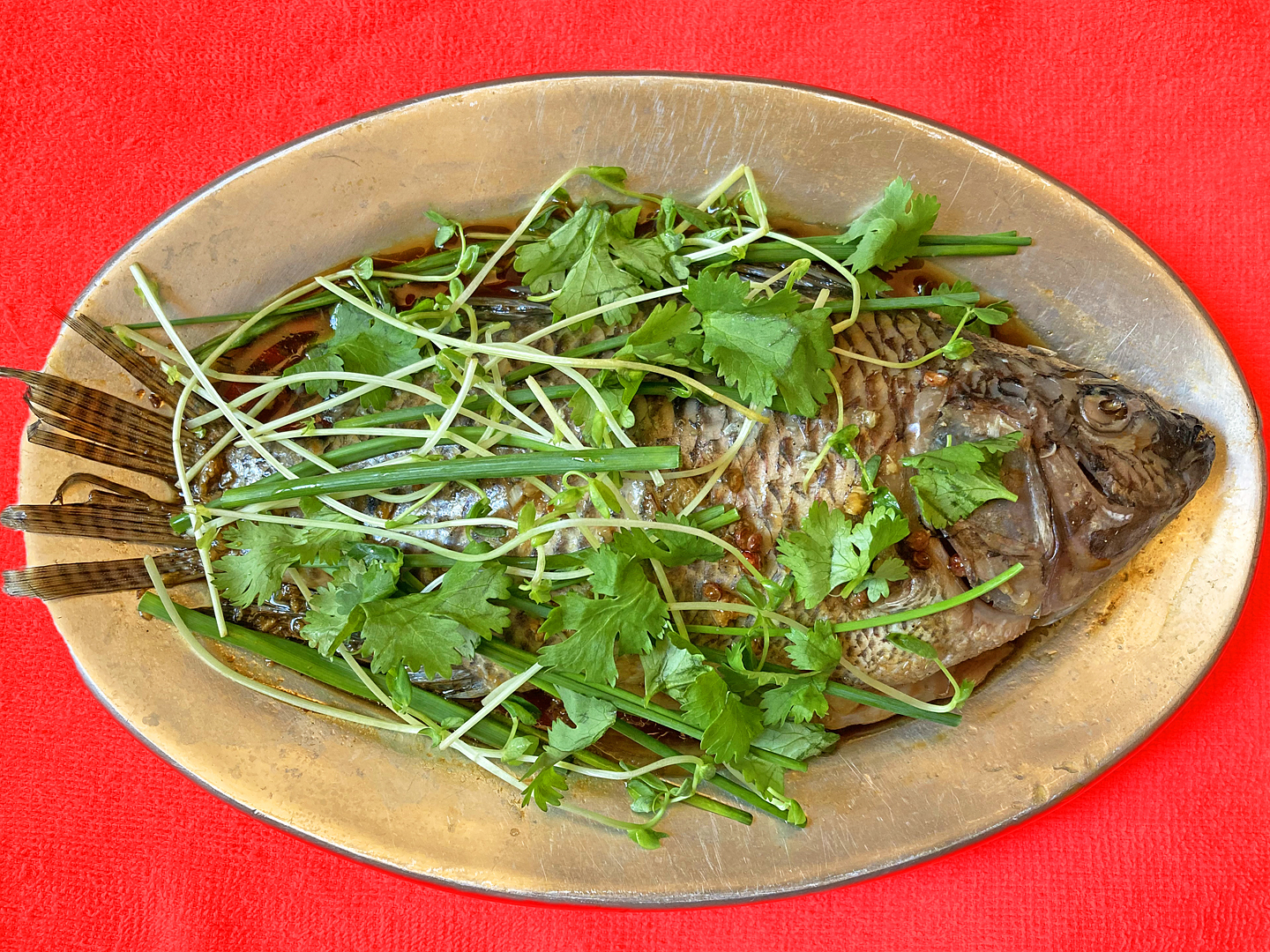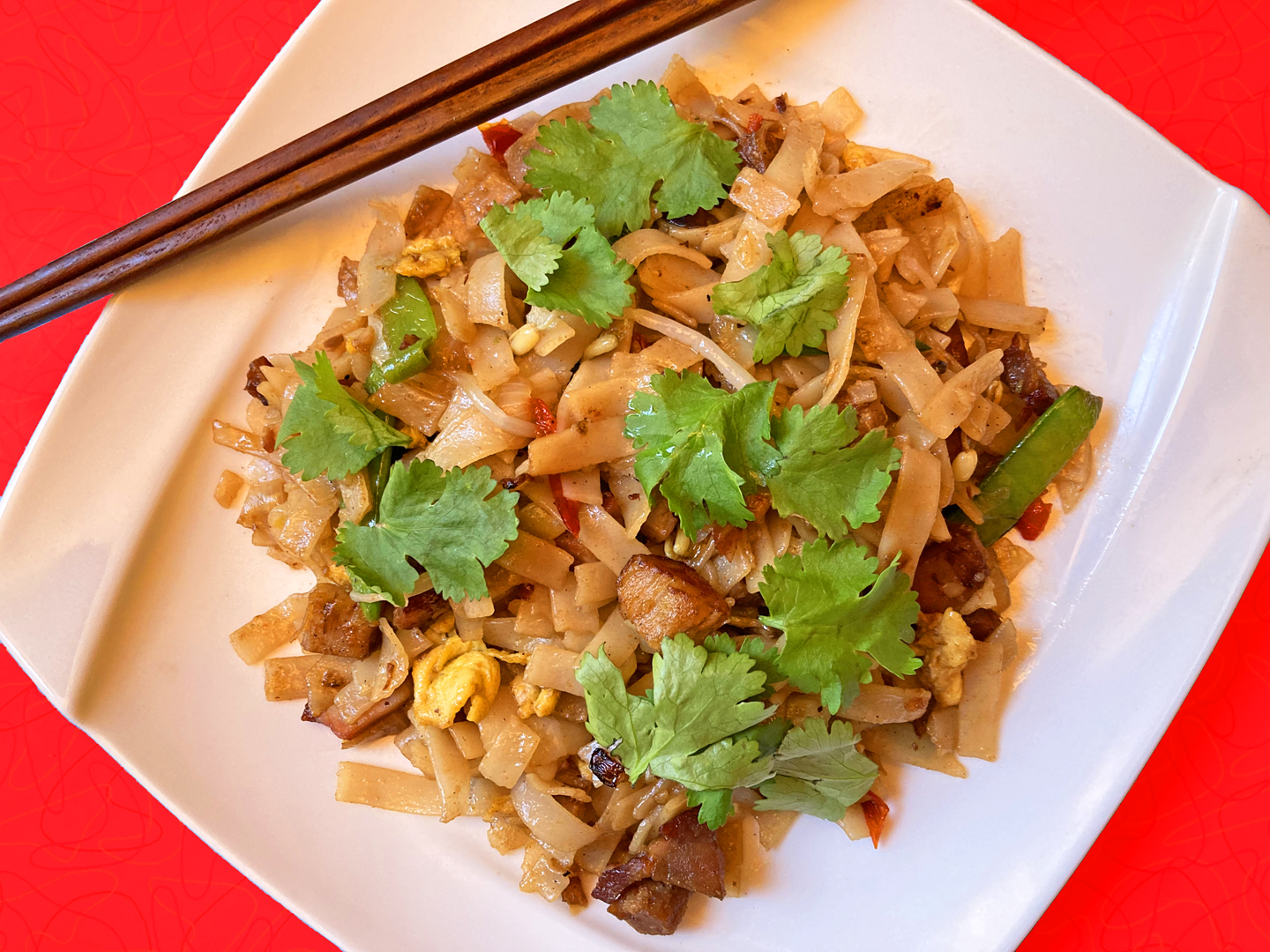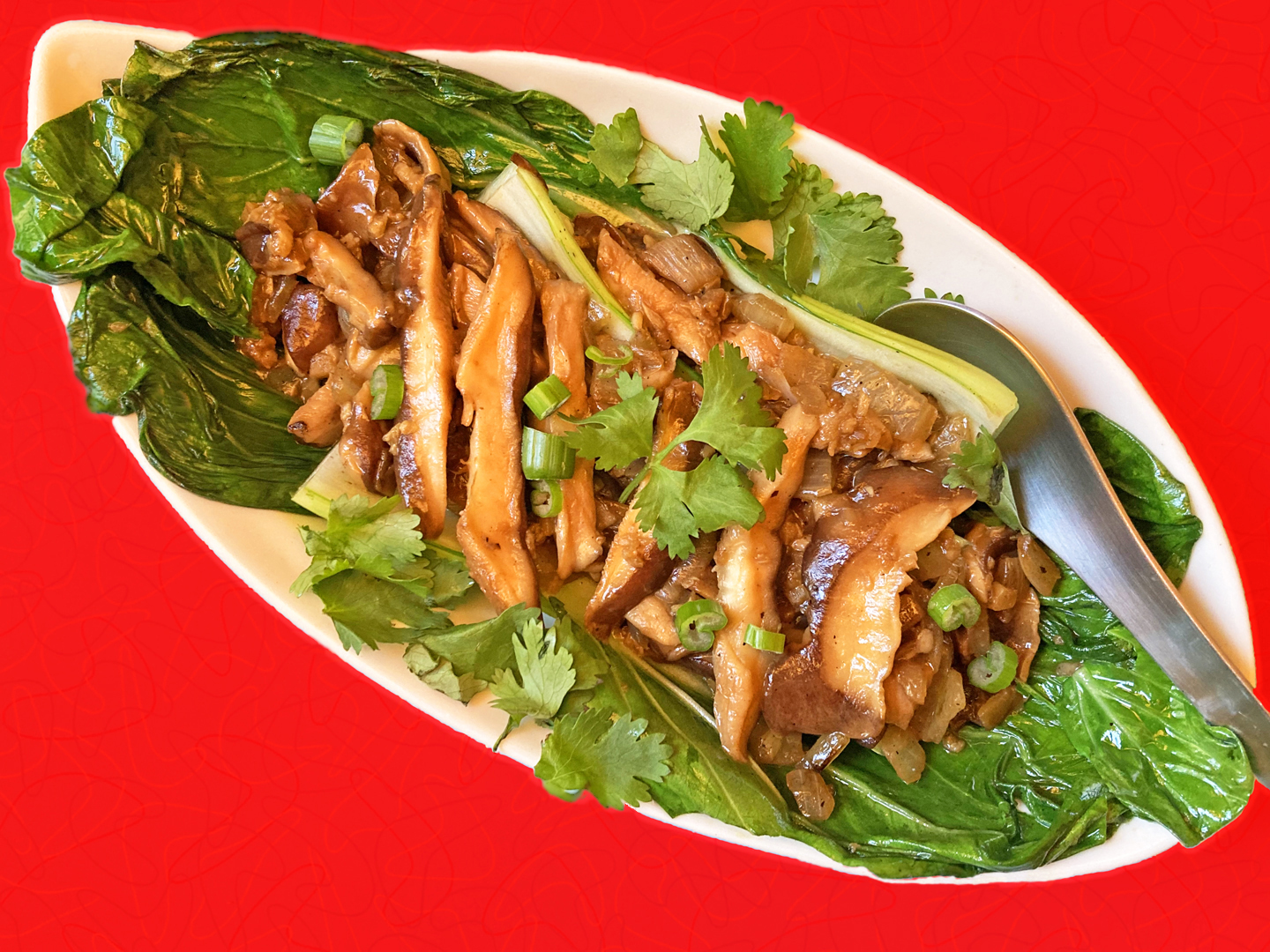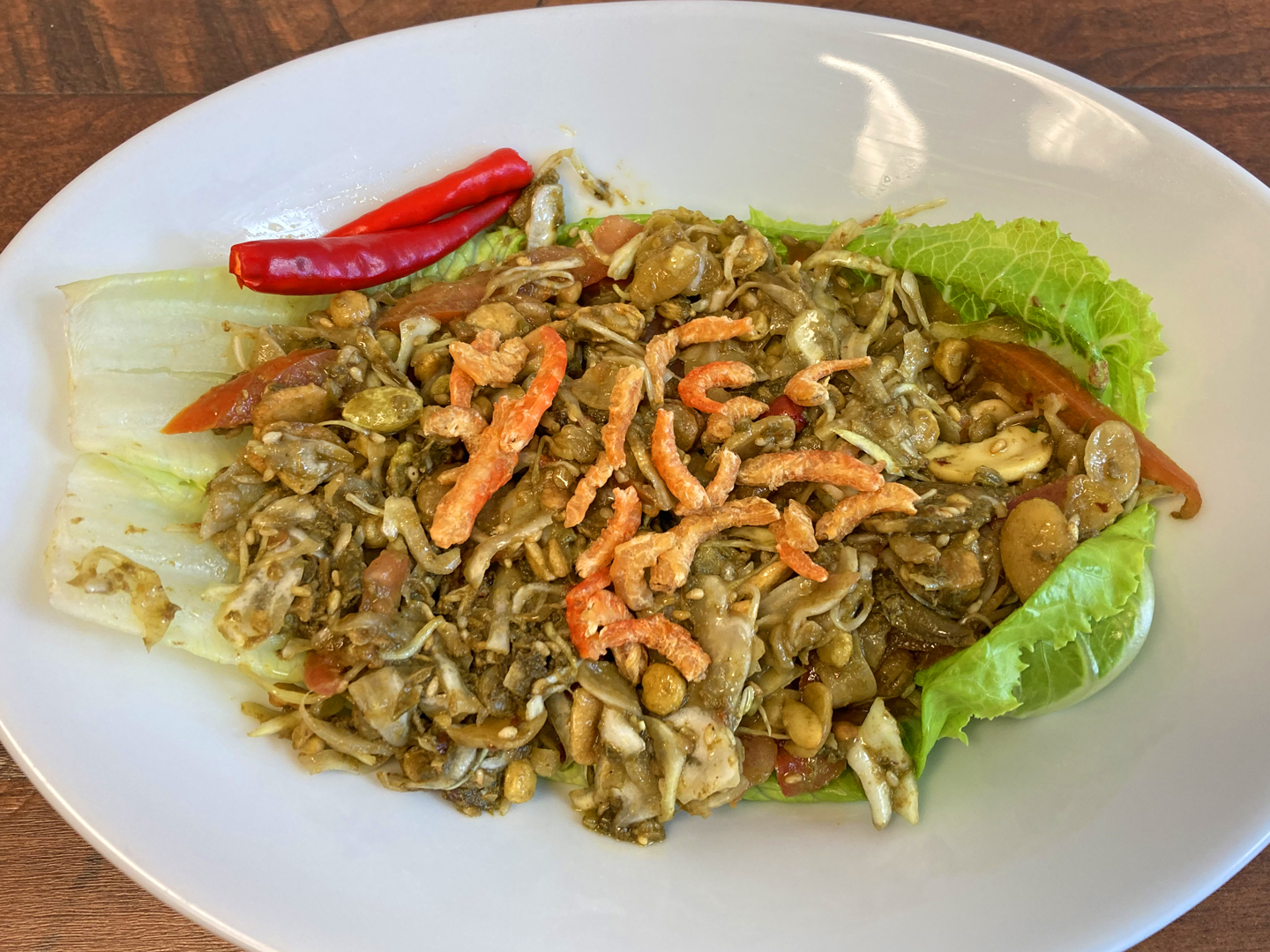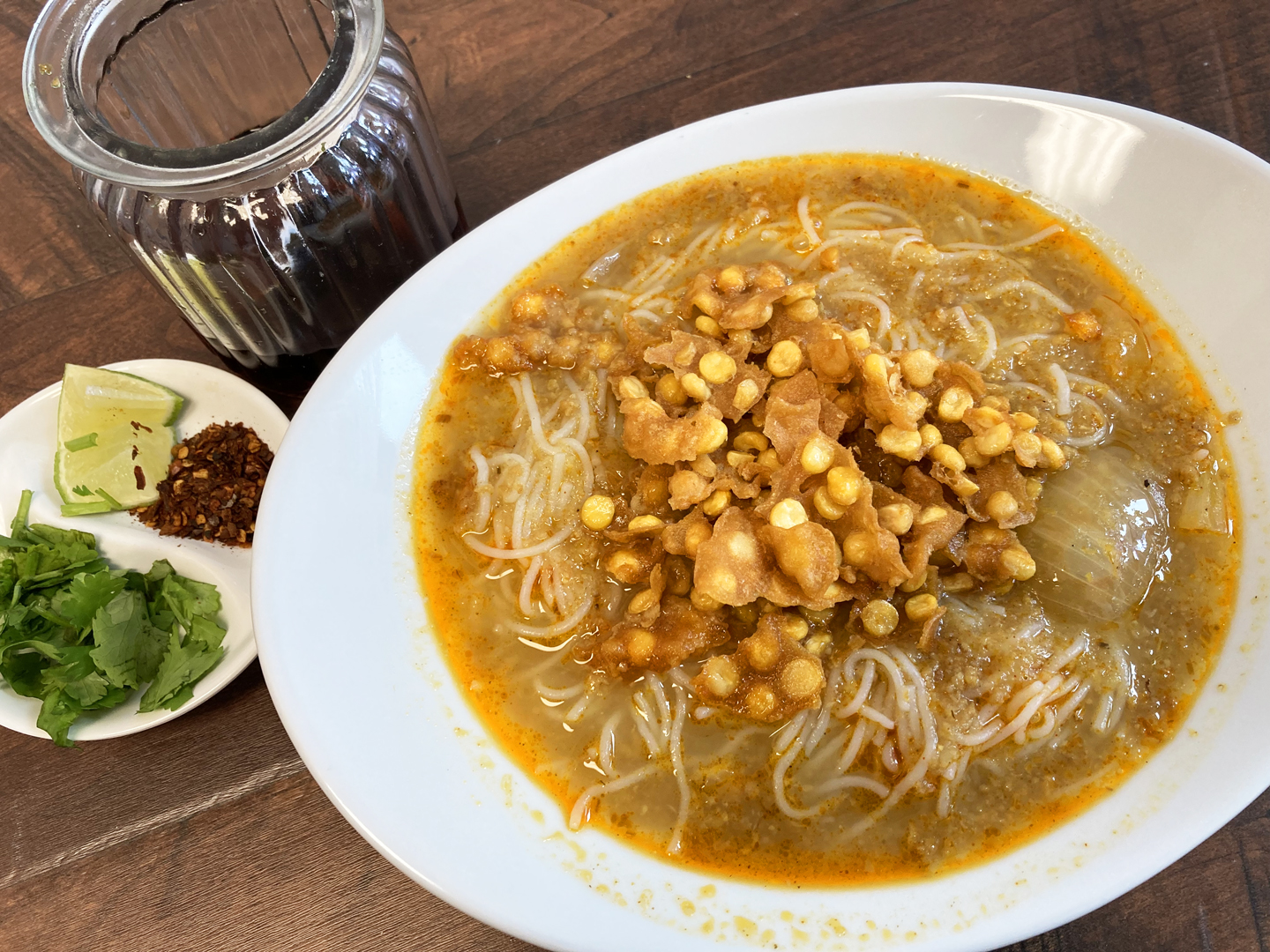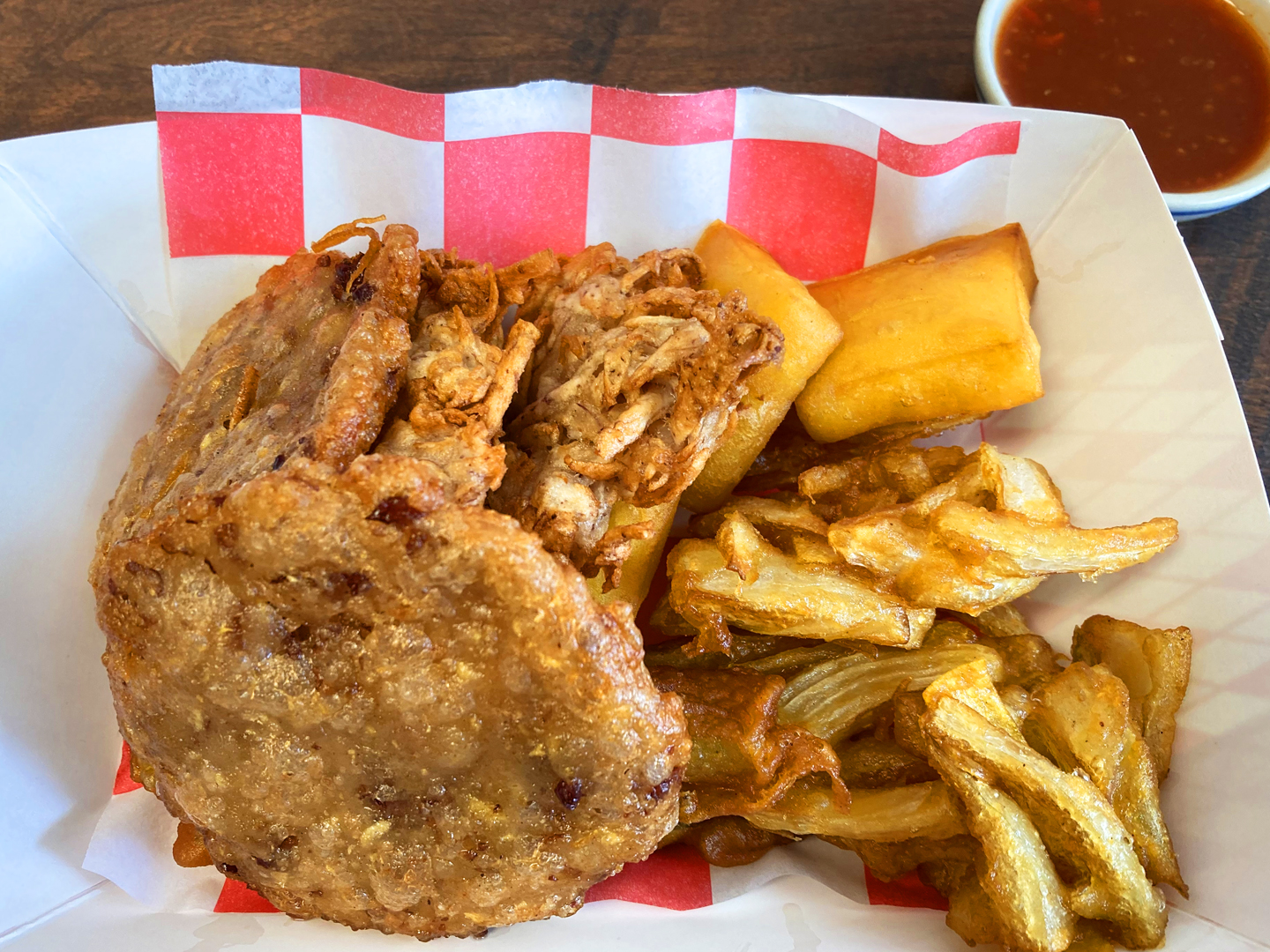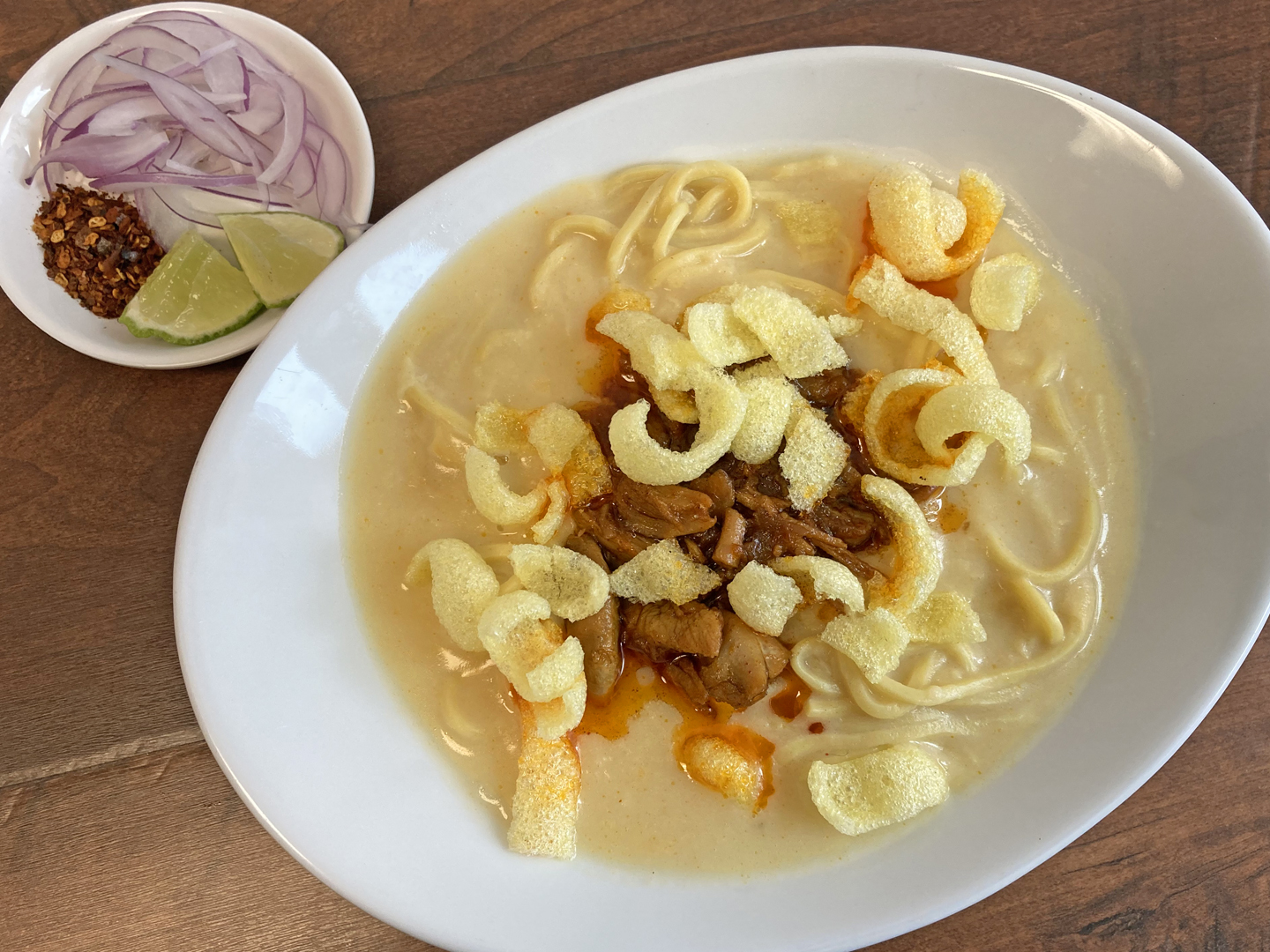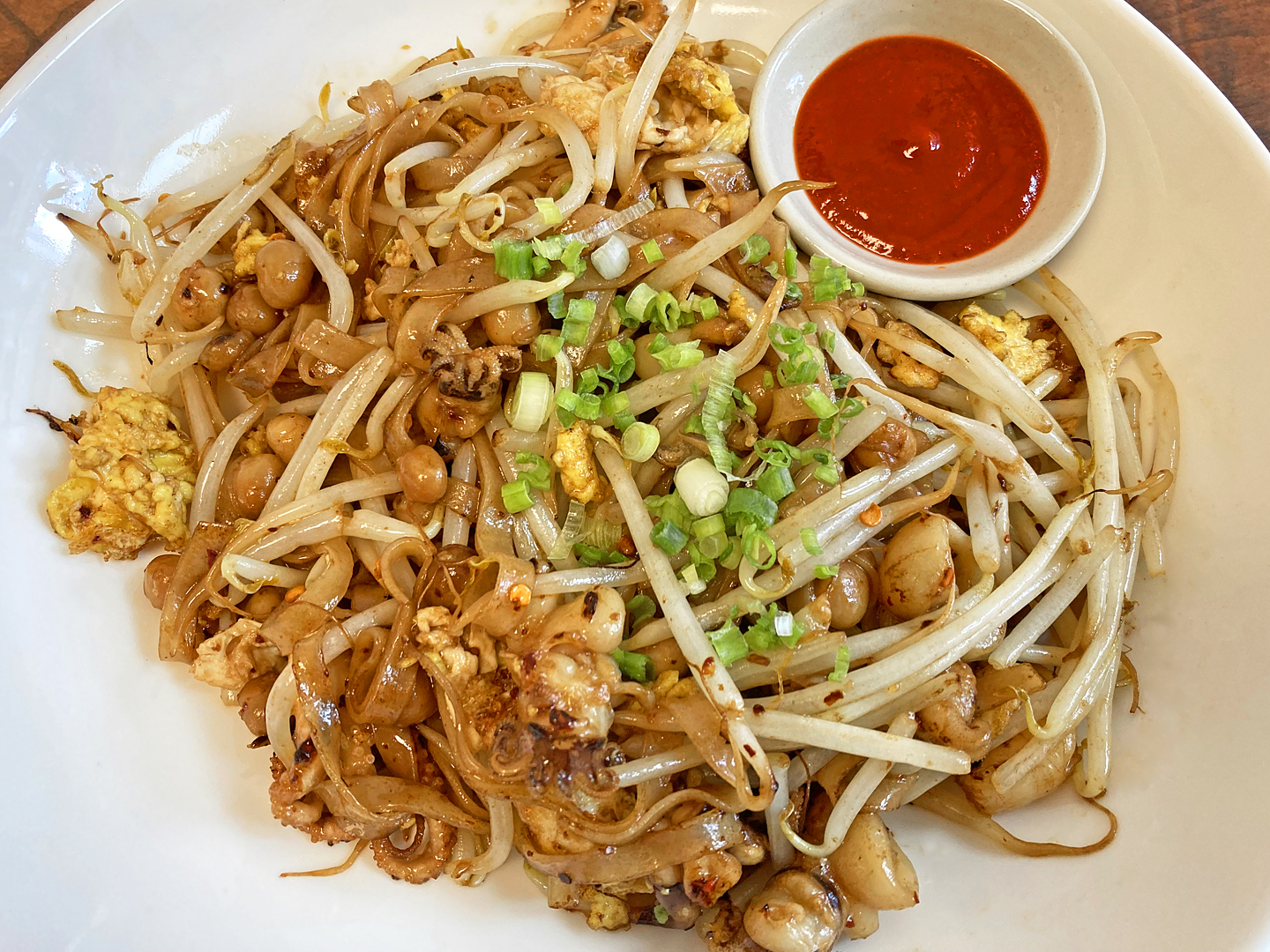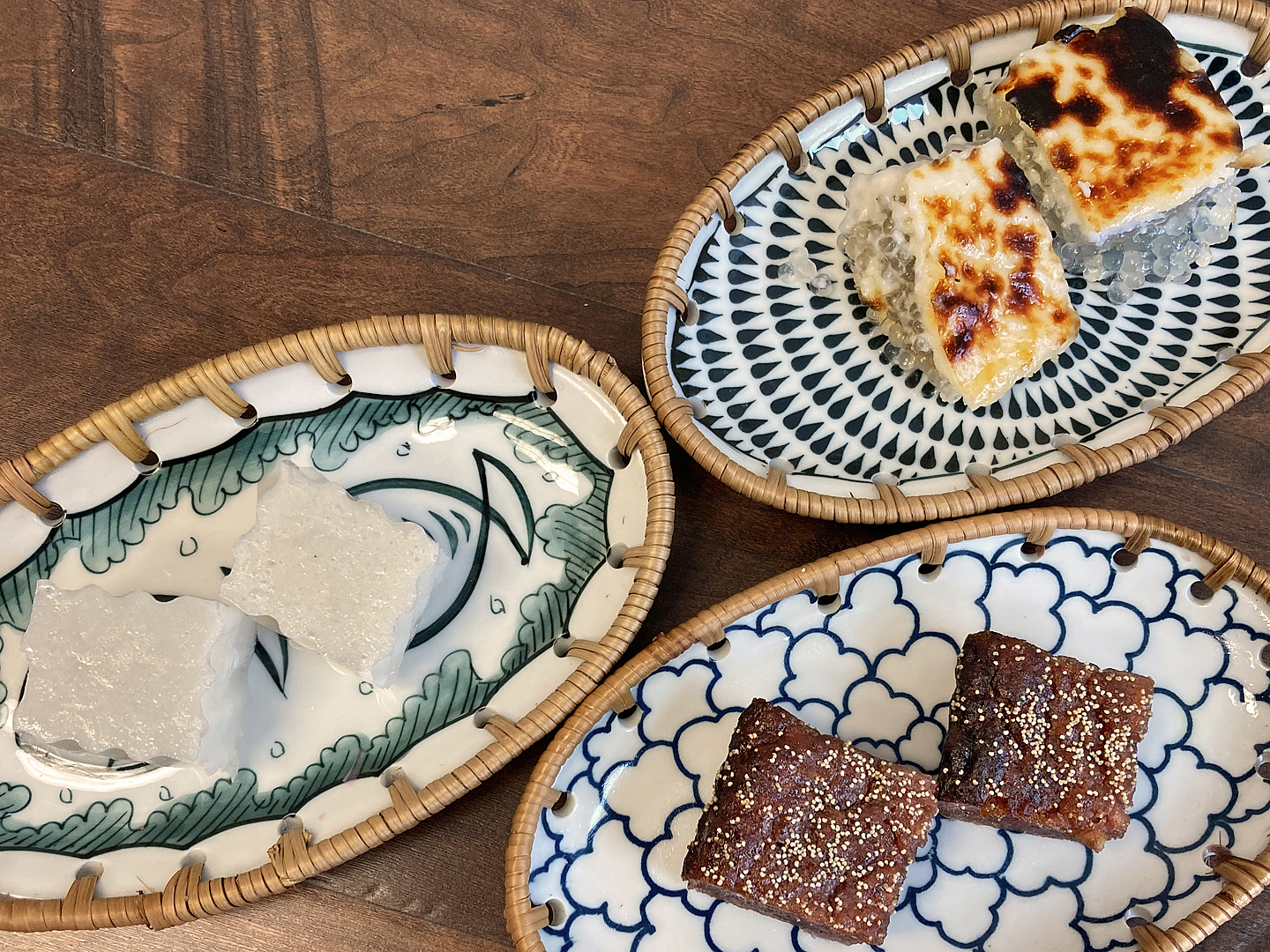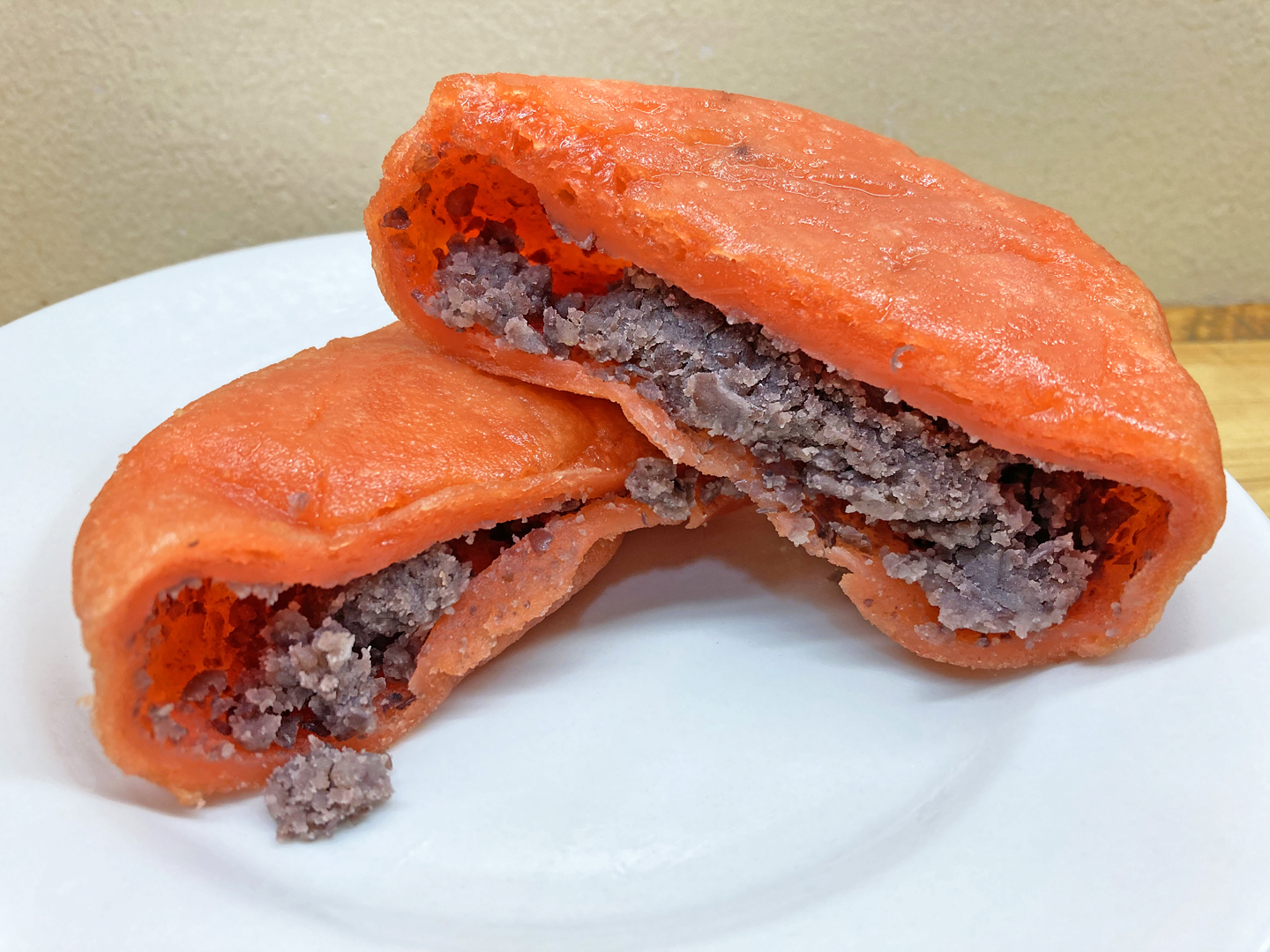– the proverbial blink of an eye, the weather changed from dark, bleak, frigid Winter to glorious, mud-luscious, puddle-wonderful Spring. And with it, the advent of food tour season!
I usually share photos of savory treats we enjoy on our ethnojunkets but pix of sweets less frequently. On an “Eastern European Food in Little Odessa” tour last year, one of my favorite guests was on a quest for a certain type of honey cake that she hoped we’d find at Tashkent Market. It was a wakeup call for me that I needed to delve into their selection of Russian and Eastern European cakes more thoroughly – hey, it’s tough work but somebody’s gotta do it 😉. So over subsequent visits, I decided to familiarize myself with just a few (ha!) of the dozens of varieties they offer. Some photos of my research:
(Click on any image to view it in high resolution.)
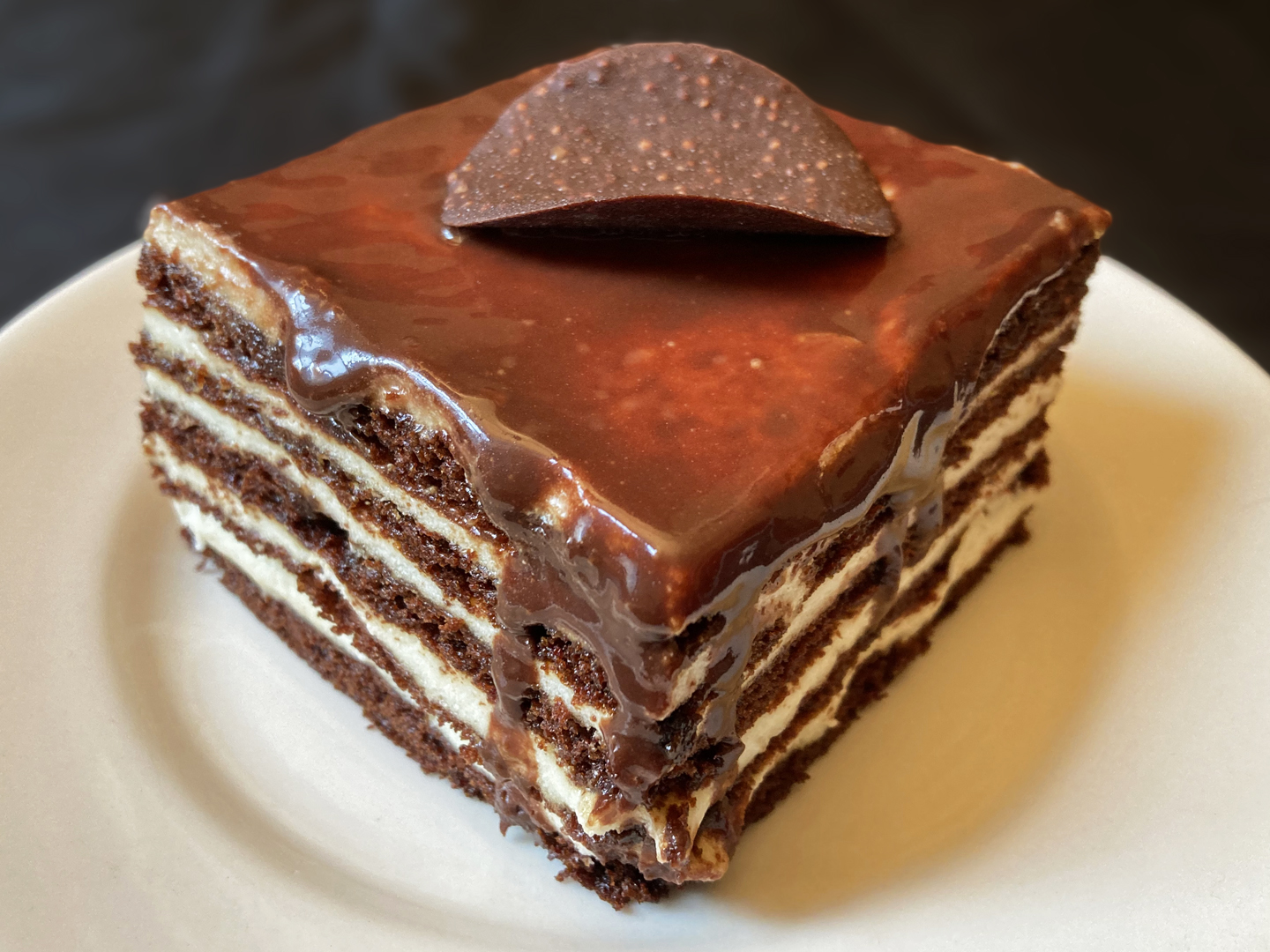
Spartak Cake – Layered with sour cream icing, topped with chocolate ganache.

Napoleon – Layers of thin, flaky puff pastry and pastry cream highlighted with sweet raspberries.

Éclair – Chocolate coated, topped with pistachios, loaded with a rich cream filling.
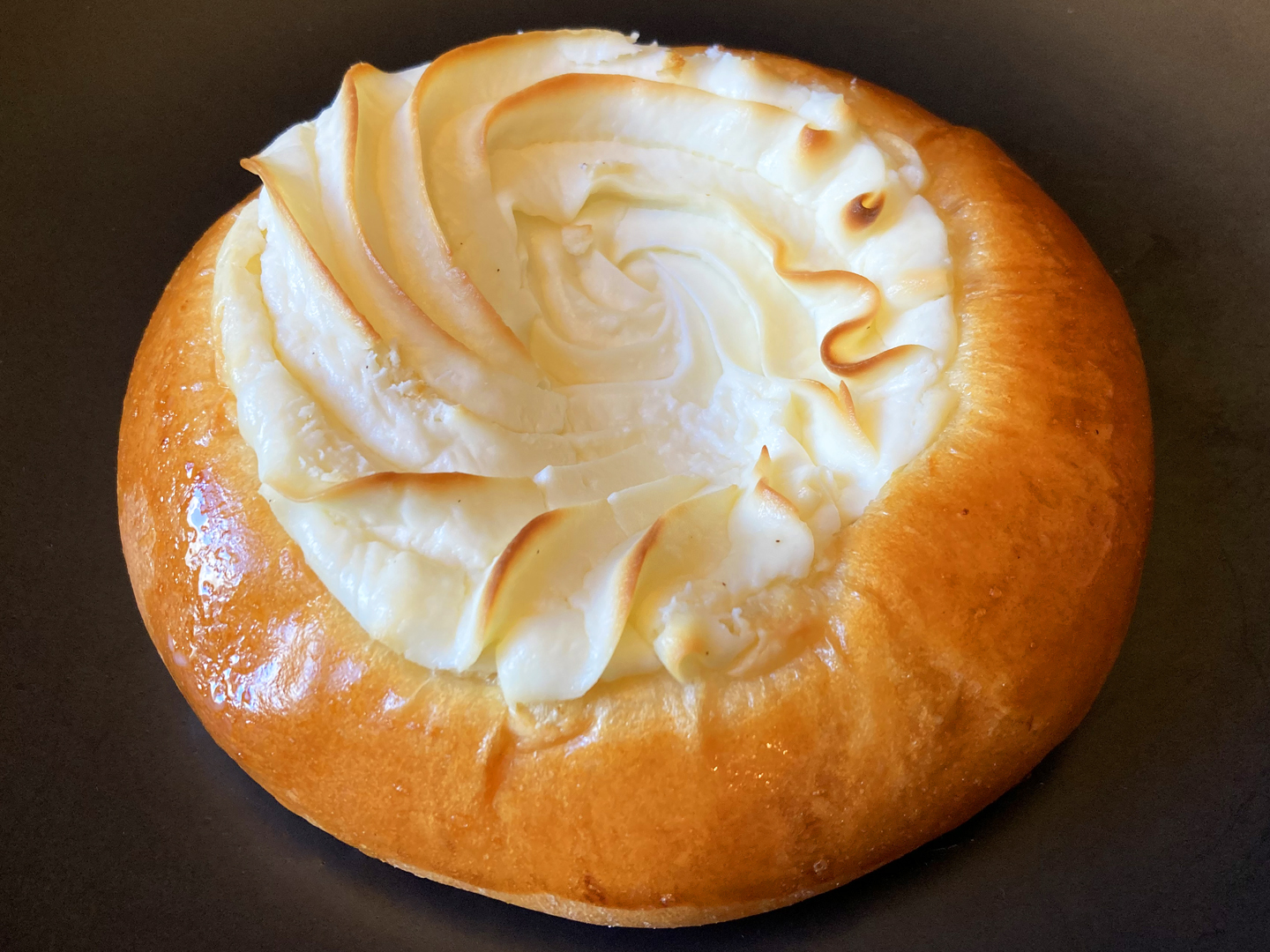
Vatrushka – A yeast dough disk filled with sweet cheese, often topped with cherries.
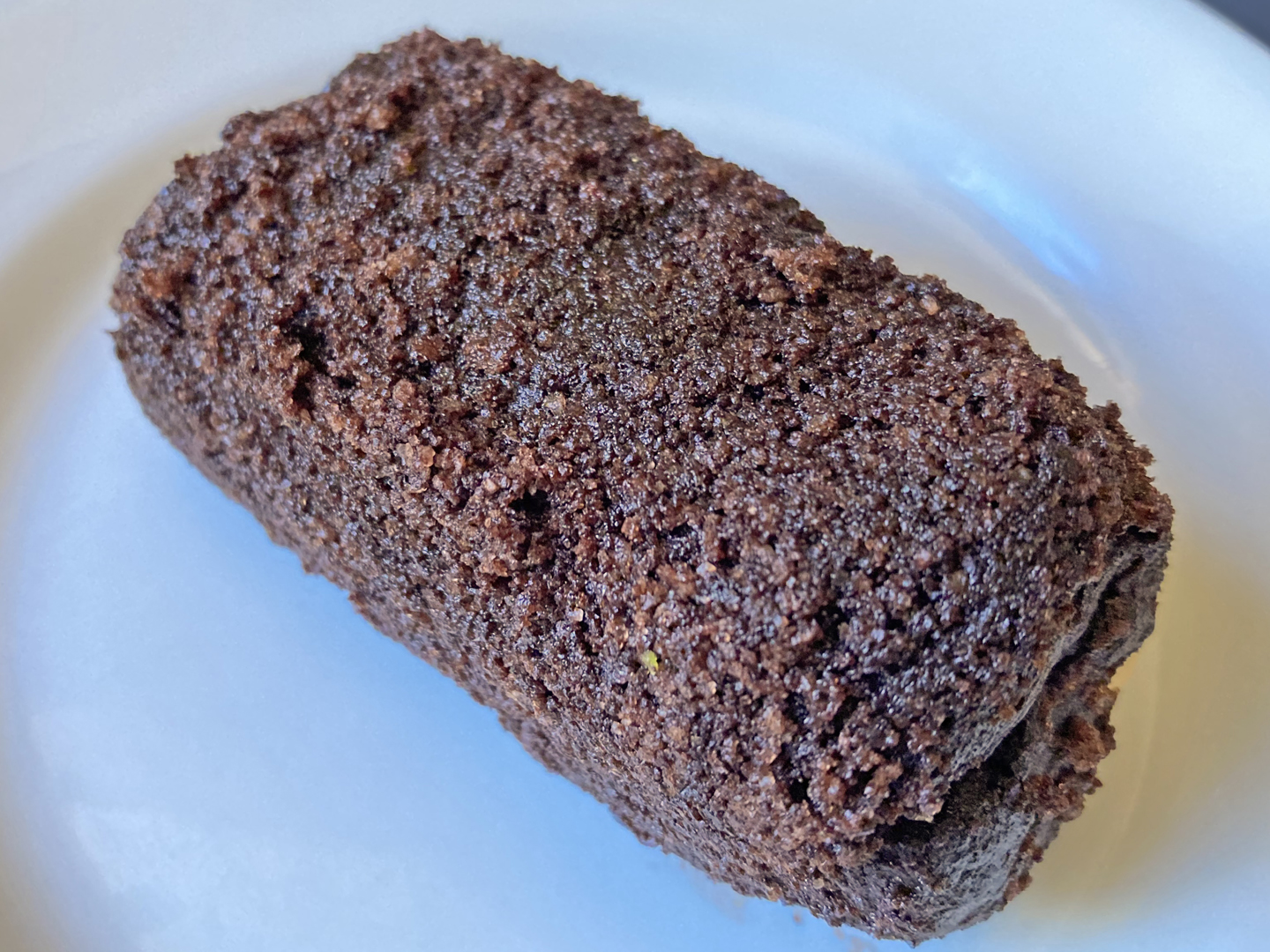
Chocolate Kartoshka – The Russian word for potato! Made from cake or cookie crumbs mixed with cocoa, sweetened condensed milk, and butter.
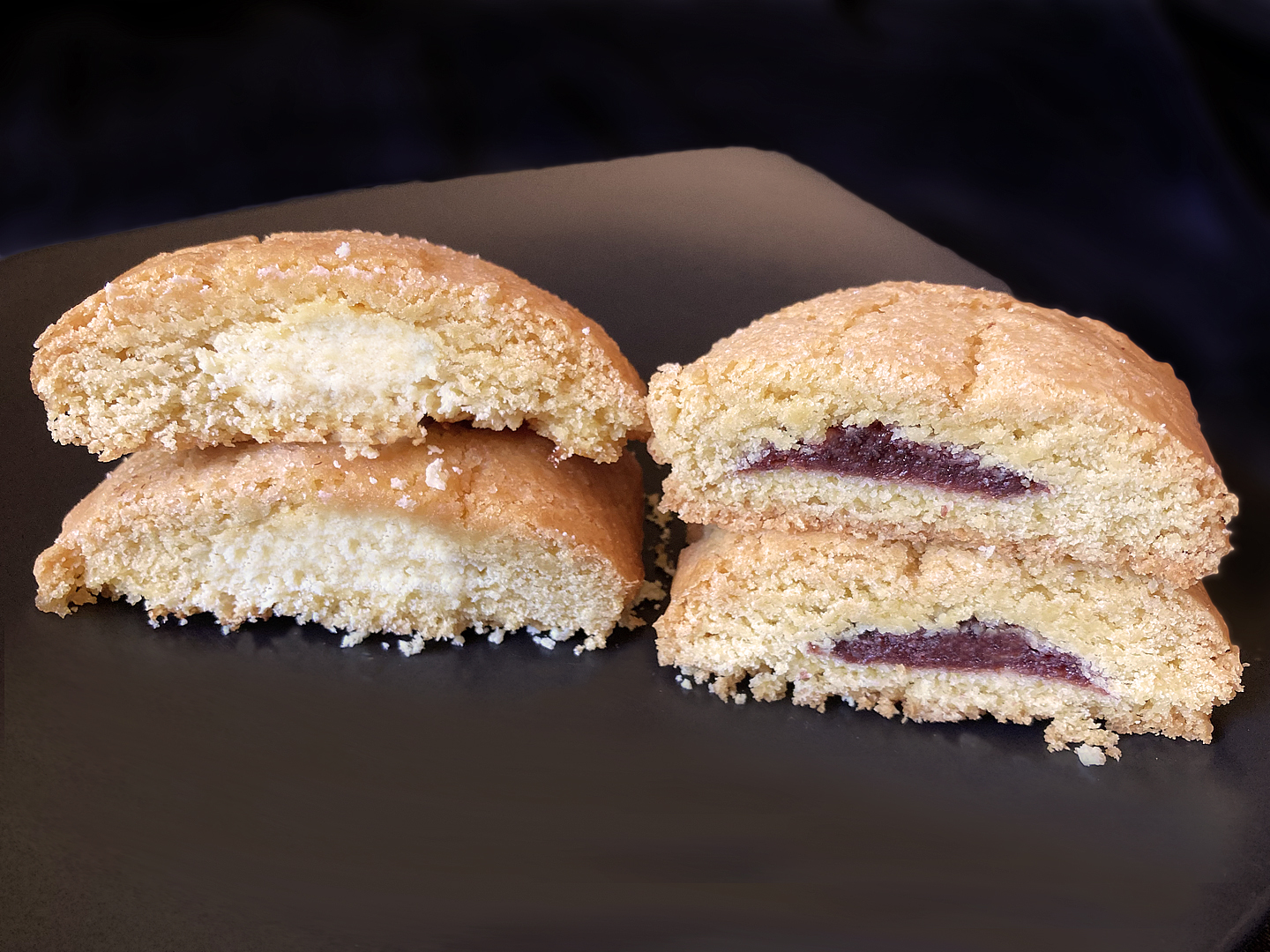
Sochniki – Crumbly shortbread cookies two ways: cheese and cherries.
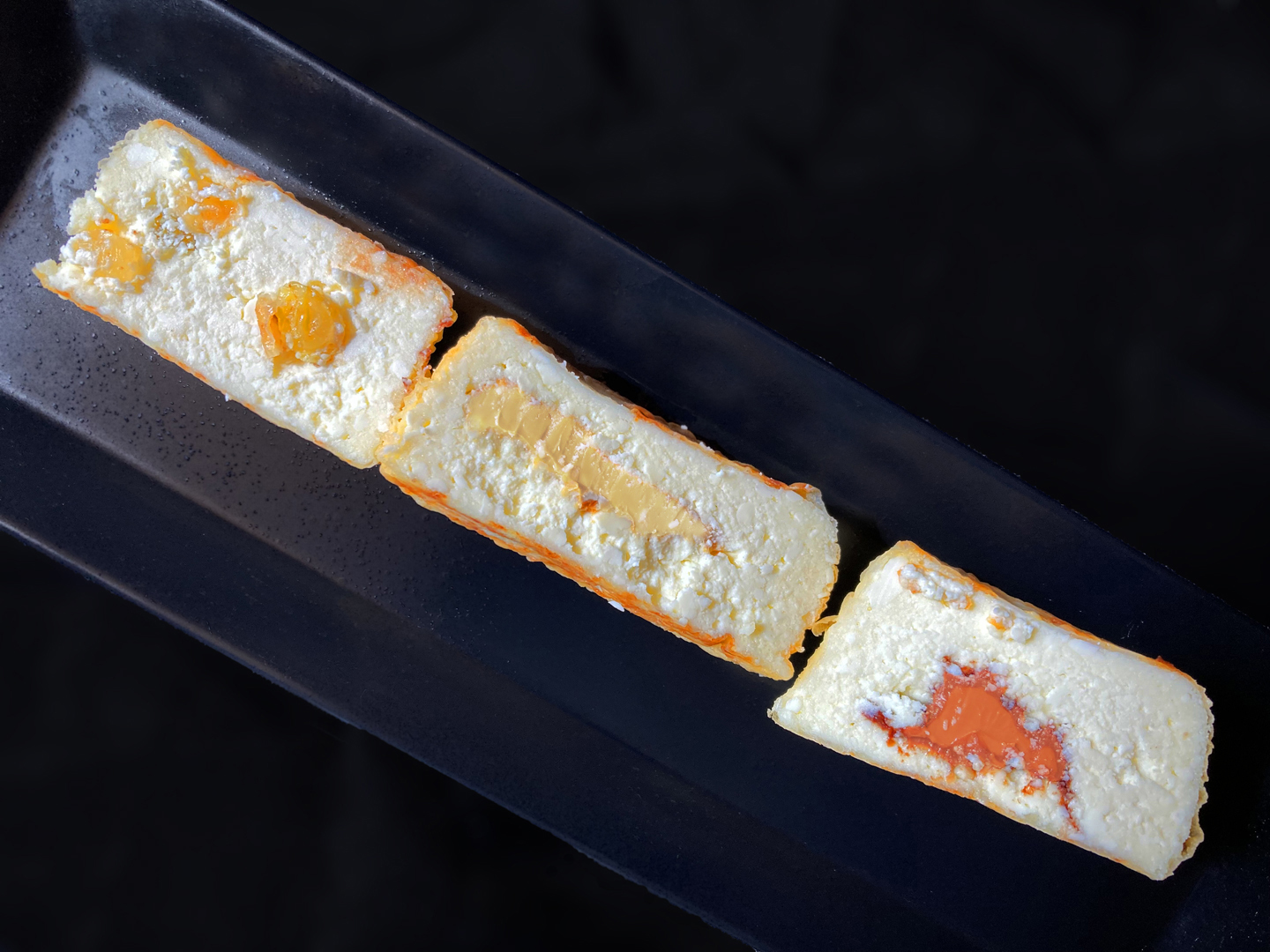
Syrniki – From the Russian word for cheese, syr. Puck-shaped disks made from tvorog (similar to pot cheese). Inside perspective: raisin, sweetened condensed milk, and Nutella flavors.

Honey Cake – The inspiration for this post. Layered with honey infused cream.
But since a picture isn’t worth a thousand calories, please join me on one of my ethnojunkets! Visit my Ethnojunkets page to check out the comings and goings of my food tours!
Stay safe, be well, and eat whatever it takes! ❤

